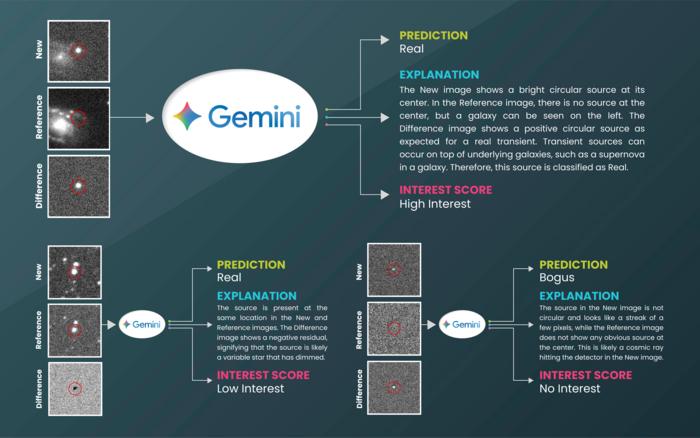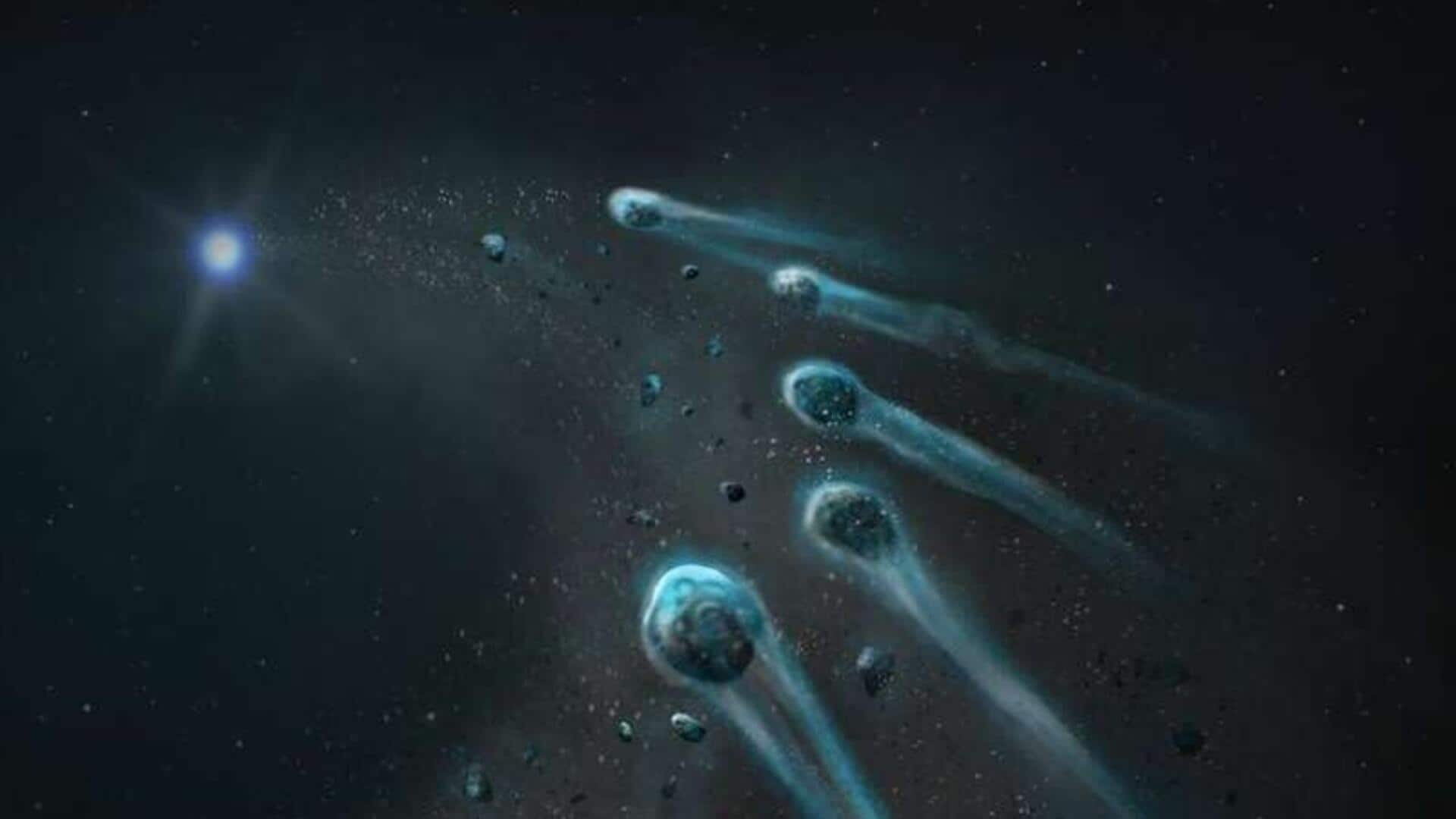By Dwaipayan Roy | Sep 22, 2025, 07:10 PM
**The Role of Neutrinos in Neutron Star Mergers: New Insights from Advanced Simulations**
The collision and merger of two neutron stars—the incredibly dense remnants of collapsed stars—are among the most energetic events in the universe. A groundbreaking new study by researchers from Pennsylvania State University and the University of Tennessee Knoxville has revealed that tiny particles called neutrinos play a crucial role in these cosmic catastrophes. Their findings were recently published in the journal *Physical Review Letters*.
### What Are Neutrinos and Why Are They Important?
Neutrinos are fundamental particles known for interacting very weakly with matter. They come in three “flavors”: electron, muon, and tau. Inside extreme environments such as neutron stars, neutrinos can change from one flavor to another—a process called flavor transformation.
This transformation influences how neutrinos interact with their surroundings during a neutron star merger. Until now, simulations of these mergers had not accounted for this complex neutrino flavor mixing. This new study is the first to simulate flavor transformations of neutrinos in neutron star mergers in detail.
### How Do Neutrinos Affect Neutron Star Mergers?
To explore this, the research team developed a comprehensive computer simulation of neutron star mergers. Their model incorporated key physical processes such as gravity, general relativity, hydrodynamics, and critically, neutrino mixing.
The simulation revealed that where and how neutrino flavor transformations occur significantly affect the matter ejected from the merger, as well as the structure and composition of the remnant object left behind. These findings have major implications for our understanding of the origins of heavy metals and rare earth elements produced in such violent cosmic events.
### Impact on Heavy Element Formation
The study highlights that the conversion of electron flavor neutrinos to muon flavor neutrinos plays the most important role in altering the neutron content of the system. Because the number of neutrons determines the efficiency of producing heavy elements—including rare earth metals—this neutrino flavor change can dramatically impact element creation.
Remarkably, the researchers found that including neutrino mixing in simulations could increase heavy element production by as much as a factor of ten. This insight helps explain the abundance of certain elements in the universe and sheds light on the astrophysical processes behind their formation.
### Implications for Astronomical Observations
The influence of neutrino flavor mixing does not stop at element formation. It also affects the quantity and composition of matter ejected during the merger, which in turn can change the observable signals detected on Earth.
These signals include gravitational waves and forms of electromagnetic radiation such as X-rays and gamma rays. The team notes that their results could aid astronomers in interpreting future observations of neutron star mergers captured by advanced detectors like LIGO, Virgo, and KAGRA.
### Looking Ahead: Future Directions in Neutron Star Research
The researchers hope their work encourages other scientists to incorporate neutrino mixing into their models, further unraveling the complex physics of neutron star mergers.
Neutron star mergers serve as extraordinary cosmic laboratories, offering a glimpse into extreme physics conditions that are impossible to recreate safely on Earth. Studying these phenomena deepens our understanding of fundamental particles and the evolutionary history of matter in the universe.
This study was co-authored by Maitraya Bhattacharyya, a postdoctoral scholar at the Penn State Institute for Gravitation and the Cosmos, and Sherwood Richers from the University of Tennessee, Knoxville.
https://www.newsbytesapp.com/news/science/neutrinos-play-crucial-role-in-neutron-star-collisions-study/story



